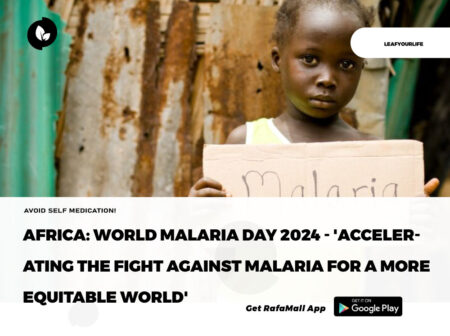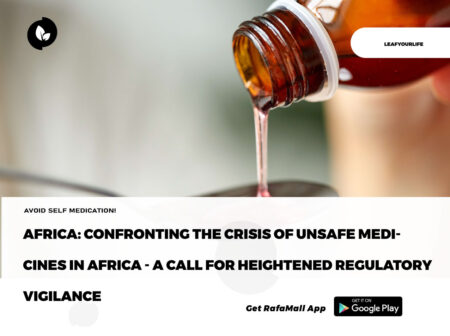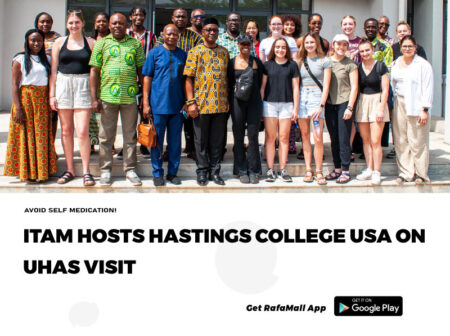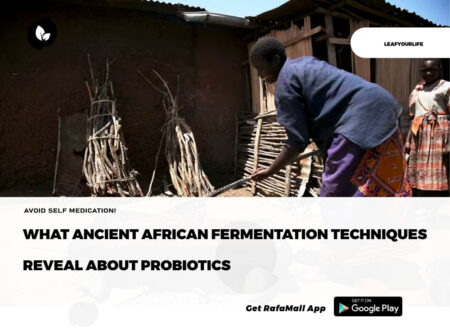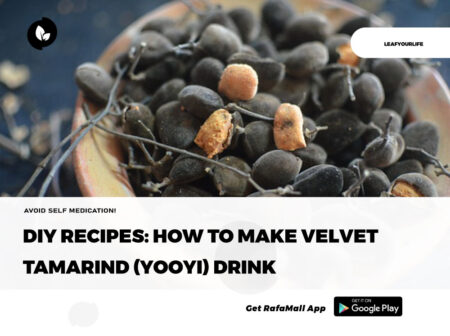By Emmanuel Ntirenganya
The global demand for macadamia outweighs the available supply, a situation that presents a business opportunity that Rwandans can tap into, according to actors in the horticulture sector.
As Rwanda looks to diversifying its agricultural exports to reduce the high reliance on traditional exports like coffee, tea and pyrethrum, experts have argued that macadamia is one of the crops that can help the country achieve that objective.
According to “Macadamia Nut Market Size, Share & Trends Analysis Report” by Grand View Research Inc, which was published in June 2020, the global macadamia nut market size was valued at $1.17 billion in 2019 and is expected to more than double to $2.36 billion by 2027.
The report said that the rising adoption of nut and dried fruits in regular diet across the world has progressively propelled the macadamia market growth.
In Rwanda, macadamia is used to produce cooking oil, making cookies and soap among other products.
Macadamia is nicknamed ‘gold nuts’ as its nuts are much sought after globally, and known to fetch high revenues.
Speaking to The New Times, Norce Elysee Gatarayiha, the Managing Director of Norelga Macadamia Rwanda Ltd, said that currently, macadamia supply caters for only 48 percent of the global demand, living a supply gap of 52 percent.
This situation, he said, makes it a much sought-after agricultural product globally, especially in the European, US, and Asian market.
Norelga Macadamia Rwanda Ltd is one of the firms that pioneered macadamia farming and processing in Rwanda.
Gatarayiha said that nuts in a shell (dried nuts but not processed) cost between $3 and $4 (about Rwf3,000 and Rwf4,000) a kilogramme, while kernel macadamia nuts cost between $21 and $23 (about Rwf21,000 and Rwf23,000) a kilogramme.
Underscoring the opportunity from this crop, he said that there are clients who want him to supply them with macadamia to the tune of 36 containers – or 900 tonnes – which is far more than the four containers – 100 tonnes of macadamia – he has been producing per year.
Indeed, such demand is also more than double the quantity of macadamia that Rwanda exported in 2019-2020.
“There is a buyer from Vietnam who wants me to supply them with one container (25 tonnes) of macadamia per month. There is also a client from China who requested me to supply them with at least two containers (50 tonnes) of macadamia nuts in shell per month, implying 24 containers or 600 tonnes per year,” Gatarayiha said, indicating that such a deal involves a lot of money.
An industry still at a nascent stage
Macadamia originated from Australia, and was introduced in Rwanda in early 1980s, but its commercial production started from 2009, indicates information from the National Agricultural Export Development Board (NAEB)
Currently, NAEB said, there are 268,820 macadamia trees (planted on approximately 1,300 hectares), from which 109,003 trees are productive and 159,817 trees are still under vegetative growth.
“Macadamia value chain is still at an infant stage. However, Rwanda managed to penetrate major markets such as USA for the kernel macadamia nuts while in-shell macadamia nuts are exported to India and Vietnam. And, the biggest importing country for Rwanda’s macadamia is Vietnam, followed by USA,” said Pie Ntwari, NAEB Communication specialist.
Statistics from NAEB show that during the 2019-2020 fiscal year, Rwanda exported over 405,000 kilogrammes (approximately 405 tonnes) of macadamia which generated more than $1.92 million (about Rwf1.9 billion).
And, in the first half of 2020-2021, macadamia exports from Rwanda amounted to over 390,000 kilogrammes which fetched over $1.61 million (about Rwf1.6 billion).
Meanwhile, access to seedlings has been a limiting factor for farmers struggling with financial constraints. One macadamia seedling currently costs Rwf5,000, which makes them out of reach to smallholder farmers.
Production of macadamia seedlings require a considerable investment and time as it takes 18 months. It also requires technical skills to increase success rate for grafted seedlings. All these factors, NAEB said, increase the costs of production.
Efforts to increase production
Gatarayiha said that there is a need to scale up efforts to produce more macadamia, at the same time ensuring quality of this rewarding crop.
To achieve that, he said that increased mobilisation and availability of macadamia seedlings to farmers at affordable price is critical.
“The Ministry of Agriculture in partnership with the Ministry of Environment and the Rwanda Environment Management Authority (REMA) and other concerned players, should also include macadamia seedlings in tree-planting drives,” he said, pointing out that this move can go a long way in increasing the cultivation of this crop.
Get the latest in African news delivered straight to your inboxTop HNAEB said that there are ongoing initiatives to increase the expansion and production of macadamia, with focus on factors including mobilisation of the private sector to invest in macadamia seedlings production, commercial farming and value addition of macadamia nuts.
About macadamia crop
Macadamia, a perennial crop, starts giving yield after four to five years from its planting and can be productive for up to 100 years.
The grafted macadamia tree starts bearing nuts at 5th year [after its planting] and reaches peak production at 12th-15th year with a tree producing 40 to 60 kilogrammes of fresh in-shell macadamia nuts.
Macadamia is excellent for use as a bakery ingredient, or to create retail snack packs. Its oil has one of the highest levels of monounsaturated fats and contains no cholesterol, the attributes which make macadamia nuts the lucrative product, according to NAEB.
Regarding the cultivation of the crop, normally, there should be seven meters between one macadamia tree and another, and a seedling is planted in a hole of eight of depth to eight meters of width for better growth. This means that 204 trees occupy a one-hectare piece of land.
Read the original article on New Times.

